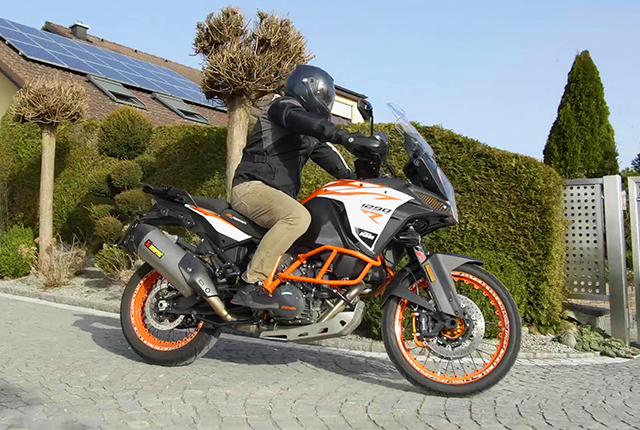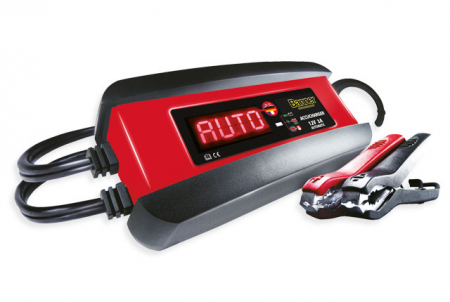HOW-TO: MOTORBIKE READY FOR THE SEASON?
OR CHANGE THE BATTERY?
If the battery in your motorbike has been checked and the test result is „defective“, then a replacement will be urgently required.
We show you how to do it step by step. The Banner battery experts have prepared important tips especially for you.
All information applies to the entire two-wheeler sector, i.e. motorbikes and the increasingly strong market segments of mopeds, scooters and motor scooters - please do not forget the small 50cc models.


Charging motorcycle batteries – how to do it properly with the Banner Accucharger.
Ideally, you should use voltage-regulated chargers from the Banner Accucharger series. These charging devices are fully automatic. Depending on the battery capacity, you can use the following chargers:
- Batteries <9 Ah - Banner Accucharger 6/12V 2A
- Batteries 9 - 20 Ah – Banner Accucharger 12V 3A
- Batteries > 20 Ah – Banner Accucharger 12V 6A Recovery
Good to know: When maintaining the charge with a Banner Accucharger, the battery is periodically recharged with a small current after it has been fully charged, just to compensate for the battery's self-discharge! This is precisely why there is absolutely nothing to be said against a longer period of trickle charging when using a Banner Accucharger. Simply ideal for longer periods when the vehicle is not in use or for winter storage.
You might also be interested in the following








